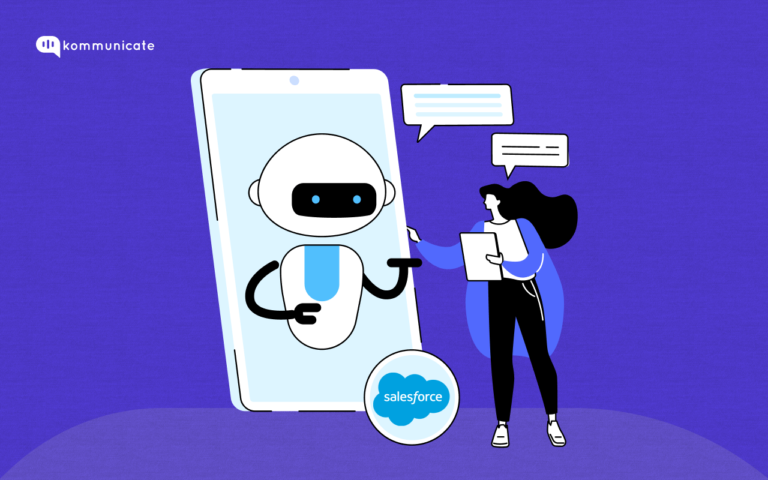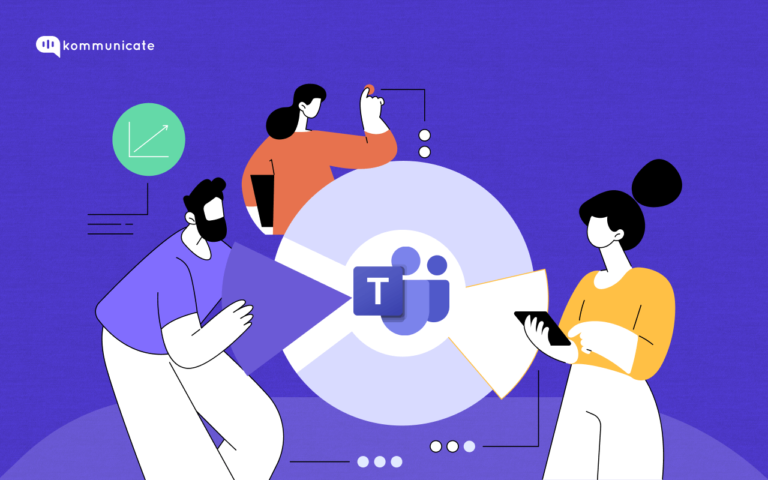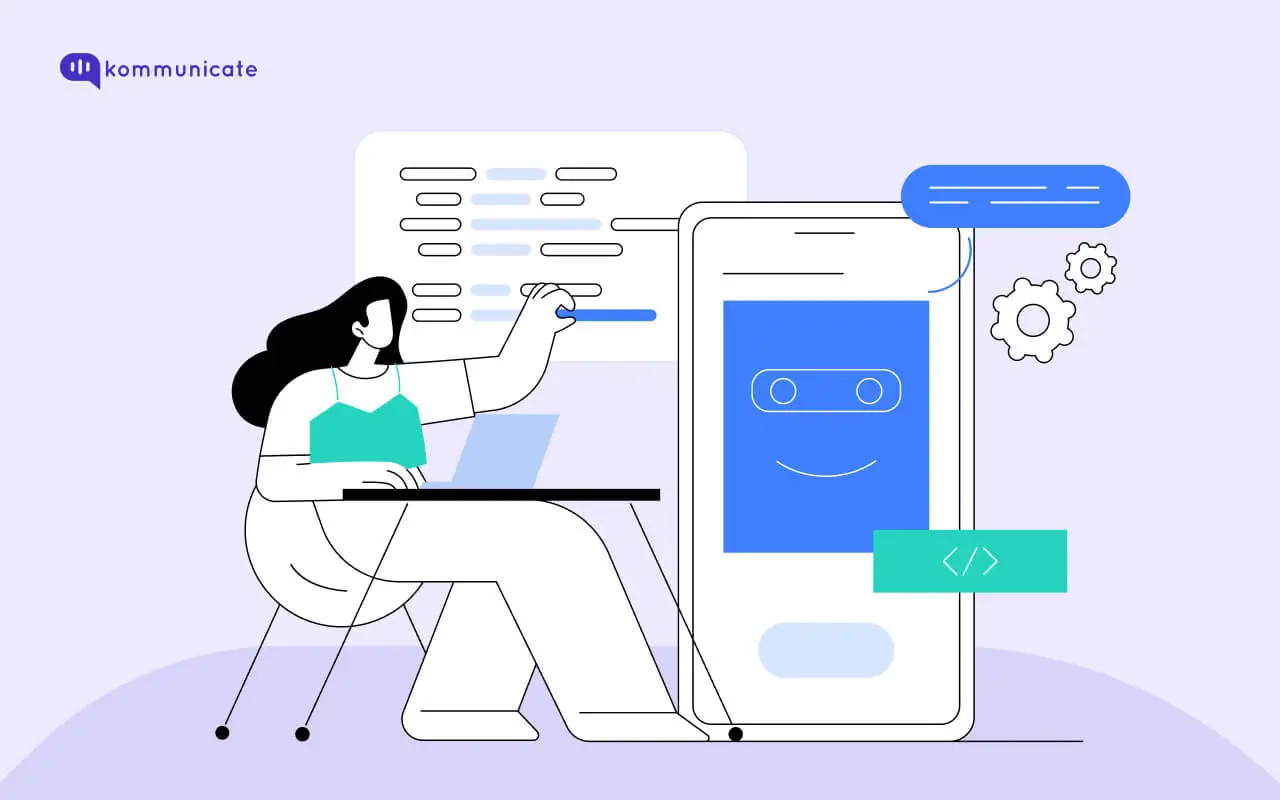Updated on May 10, 2024
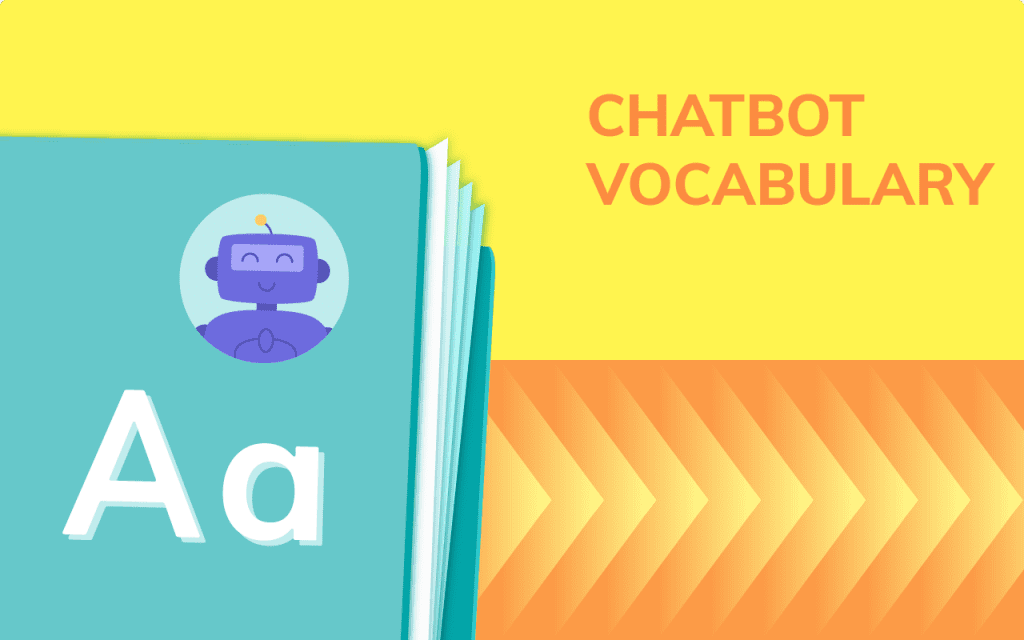
Chatbots are gaining immense popularity globally and across industries like never before. With each passing day, we see a variety of use cases being unearthed where chatbots can be effective and add value to the business.
However, for many, it is sometimes difficult to understand the different terminologies being used in these discussions due to the ever-evolving nature of this technology.
To help you out, in this article, we’ll go over some important terms you should know to contribute effectively in the discussions when considering adopting a chatbot for your business
Here’s an infographic summarizing some of the terms we have covered in this article. Feel free to save this and share it with your team. For more detailed definitions and examples, scroll along.

Chatbot
A chatbot is a computer program designed to simulate human conversation. Chatbot interprets the words given to them and provides a pre-set answer.
| Chatbots running on websites | Chatbots Purpose |
|---|---|
| Crunch | Crunch, an online accounting software company, uses an AI chatbot on its website and mobile app to help users with finance-related queries. |
| https://www.csusb.edu/admissions/apply-csusb | CSUSB chatbot answers all admission and academia related questions |
Intent
An intent represents the purpose of the user input. It is the reason why the user is sending a message to the chatbot.
Chatbot Intent Examples:
| Phrases | Intent |
| Hi Hey Hello | Greeting |
| What is the price? What is the cost? How much does it cost? | Cost |
Entity
An entity represents details that complement the intent. Entities are used to identify and extract useful information from natural language data. Chatbot Entities can be a date, time, email, phone number, location, etc.
Chatbot Entity examples:
| Phrases | Entities |
| When is Tesla coming to India? | Tesla, India |
| What is the price for Model S? | Model S |
| Book a demo for tomorrow | tomorrow |
Machine Learning
Machine Learning is a branch of artificial intelligence (AI) that involves the development of algorithms and statistical models enabling computers to perform tasks without explicit programming. Put simply, it’s about training computers to learn and respond like humans using large datasets through a process called training.
From a chatbot’s perspective, Machine Learning serves as the brain behind the operation, enabling chatbots to understand natural language inputs, recognize user intents and entities, manage dialogue flow, generate responses, and personalize interactions.
Large Language Models (LLM)
LLM stands for “Large Language Model,” which refers to a computer program trained on extensive text data to understand human language and generate coherent responses or text based on a given input.
At the heart of LLMs is a special program called a Neural Network – a maze with multiple paths and connections. As these LLM models process the massive training data through its neural network, it learns the patterns of language, just like our brain learns from experience.
Some of the most popular LLM models that are available in the market right now are ChatGPT, LLaMA, Claude, BERT, Falcon etc.
Generative AI
Generative AI refers to the artificial intelligence systems designed to autonomously produce new content, such as images, text, or music, based on patterns learned from existing data.
They are powered by strong LLM models such as ChatGPT, which have been trained on vast amounts of data to understand and generate human-like text. Better the quantity and quality of data, sharper the GenAI responses are, enabling them to generate more accurate and contextually relevant content.
Machine learning (ML), Large Language Models (LLM) and Generative AI are very closely connected. Hence, understanding the relation between these three is important –
Machine Learning is the foundation for many AI applications including GenAI. It refers to the algorithms that can learn and improve from data without being programmed. GenAI on the other hand, is a subfield of ML focused on creating new content, like text, images, or code. Generative models are trained on large datasets of existing content and learn to identify pattern and use these patterns to generate new content.
And finally, LLMs are a specific type of Generative AI focused on processing and generating text. They are trained on massive amounts of text data and become adept at understanding and responding to natural language.
Retrieval-Augmented Generation (RAG)
RAG is a smart tool in language processing that mixes two techniques: retrieving info and generating text. It’s great for tasks like answering questions or making summaries. It does so by first hunting through a big text database to find what’s relevant. Then, it uses this info to make its answers or summaries even better.
Utterance
An utterance is the smallest unit of speech. It is a continuous piece of speech, beginning and ending with a clear pause. Chatbot Utterances are the inputs from the user to the chatbot.
| Utterances example |
|---|
| Moving home |
| I am moving home |
| Shifting to a new place |
Context
The context in chatbot refers to the current state of the conversation. Unlike intent and entities, which are associated with a single user message, context is about the conversation happening across multiple messages.
Chatbot context remembers the previous history and understands the purpose of the chat.
| Bot | User |
|---|---|
| How may I help you? | Book a flight for California |
| When do you want to fly? | Tomorrow |
| There are 2 flights available for tomorrow at 11 AM and 4 PM, which one you want to book? | 11 AM |
| Thank you for the confirmation. Your flight is booked. Your flight for California will depart from LA on 20 Jan 2021 at 11 AM. | Thanks |
Here, the chatbot remembers the context from the history of the conversation.
Natural Language Processing (NLP)
- Natural Language refers to the way humans communicate with each other. Natural Language Processing (NLP) is broadly defined as the electronic manipulation of natural language, like speech and text, by software. NLP involves the reading and understanding of human’s spoken and written language through the computer.
| NLP Examples |
|---|
| Email Filters |
| Chatbot Assistants |
| Language Translation |
Artificial Intelligence (AI) Chatbot
Artificial Intelligence (AI) chatbots are chatbots that understand and answer more complex queries. The AI-powered chatbot uses Natural Language Processing to break down the user sentence into Intent and Entities. Intents and Entities information along with context is used to generate the response in the AI-powered chatbot.
Virtual Agent
A virtual agent is a computer-generated virtual character that serves customers. It uses automated programs to answer customers. It can fetch real-time information for the internet to answer queries.
| Virtual Agent Examples |
|---|
| Alexa by Amazon |
| Siri by Apple |
| Google Assistant |
Conversational AI
Conversational AI refers to the set of technologies with which users can interact. They use large volumes of data, machine learning, and natural language processing to help imitate human interactions, recognizing speech and text inputs and translating their meanings across various languages.
| Conversational AI Examples |
|---|
| Voice Assistants |
| Chatbots |
Training Data
Training data refers to the dataset used to train a machine learning model. It consists of input-output pairs or examples that are fed into the model during the training process, allowing it to learn patterns and relationships between the input message and the corresponding outputs.
The data could take various forms, such as text (e.g., PDFs, .txt, or doc files), numeric data (e.g., Excel sheets, CSV files, databases), or images (e.g., JPEG, PNG). Additionally, it could include audio files (e.g., WAV, MP3) for tasks like speech recognition, video files (e.g., MP4, AVI) for video analysis, sensor data (e.g., temperature readings, accelerometer data) for IoT applications, or even structured data from sources like JSON or XML files.
Bot to human handoff
Bot-to-human handover is handing over the conversation from the chatbot to the human representative along with all the conversation history and details.
Many platforms have started supporting bot to human handoff
| Dialogflow |
| IBM Watson |
| Kommunicate |
Wrapping Up
In this post, we learned about the commonly used chatbot vocabulary and terminologies. Do you have other terms in mind? Feel free to share in the comments, and I’d be happy to append it to the blog.
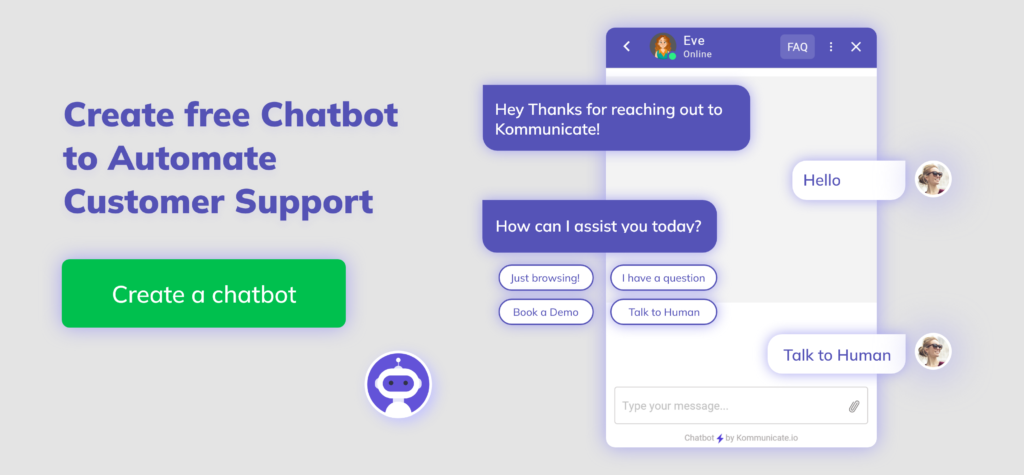

CEO & Co-Founder of Kommunicate, with 15+ years of experience in building exceptional AI and chat-based products. Believes the future is human + bot working together and complementing each other.
References:


